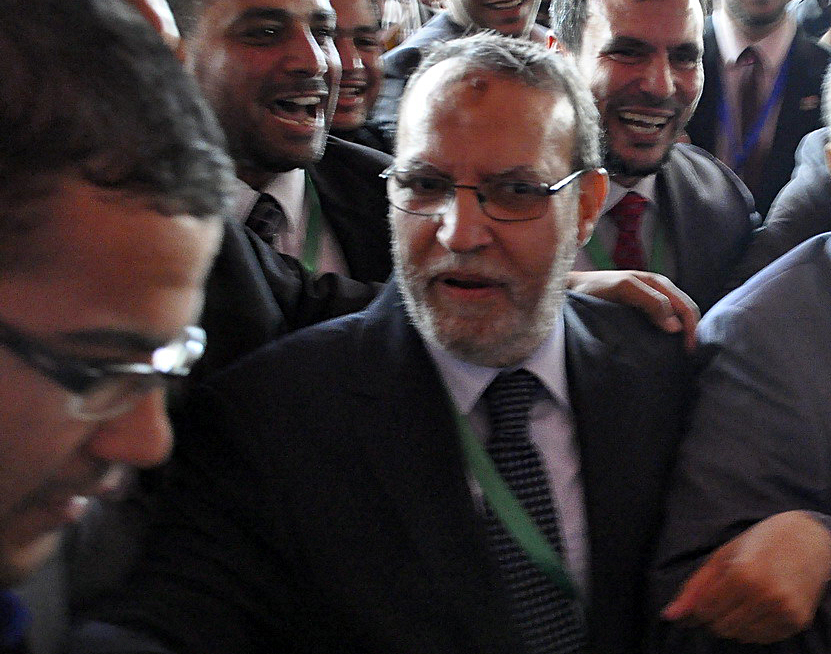The International Organisation for Migration (IOM) office in Cairo is coordinating the opening of labour markets in four European countries that are facing the spectre of aging, as well as finding legitimate ways to migrate to them.
Ayman Ghaly, director of the IOM’s Capacity Development Project, said that four countries need fresh blood to cover deficits in labour for job opportunities, which can be secured through the abundance of labour in Egypt.
He pointed out that during the coming 15 years, the Egyptian labour market will be saturated, making it difficult to provide jobs for youth.
He explained that the countries include Italy, Germany, the UK, and Canada, which face problems of old populations with smaller younger generations. That made the countries resort to the IOM and coordinate with the Egyptian government to send Egyptian young labour to them.
He added that the organisation is currently coordinating with the Egyptian government to develop a plan to provide employment opportunities in these countries in coordination with organisations and officials there.
He added that the tourism and agriculture sectors are the most sectors where there is a labour deficit in these countries. They are now working with the Egyptian government to put together a programme to qualify youth and secure trained, skilled labour.
He added that the programme’s features will include starting the opening of vocational training centres and providing support to the existing government centres and working on their development, adding that Minya and Luxor will be first.
The IOM works with the Egyptian Ministry of Foreign Affairs, the National Council for Childhood and Motherhood, and the National Committee for Combating and Preventing Illegal Migration to address the root causes of illegal migration from Egypt.
It also supports a national awareness-raising campaign on the risks of illegal migration and calls for the establishment of a referral mechanism to address the special needs of children at each stage by: identifying their best interest; referring to the service provider concerned; and addressing their immediate, medium-, and long-term needs.
Egypt also needs to send more workers to Europe to contribute to its development. In 2015, it received $20bn in remittances from Egyptians working abroad.
Ghaly said that the IOM and the Egyptian government participate in training 10,000 citizens on implementing small projects.
He added that the IOM seeks to rehabilitate the youth of Fayoum in the tourism sector to be employed in Egypt and abroad through the Fayoum school that provides all support, material development, and curricula for the tourism sector.
He pointed out that the aim of the programme in Fayoum is to promote legal immigration, move labour, rehabilitate Egyptians, and involve them in development in Egypt.
As for the international agreements between Egypt and European countries, he explained that Egypt signed an agreement with Italy to eliminate illegal migration from Egypt to Italy.
Under the agreement, Italy established a training centre at the Egyptian Police Academy that will train coast guard forces from 24 countries and provide the necessary measures to tighten the grip on illegal migration routes.
The illegal migration of children to Europe is very worrying, as more than one in five Egyptian migrants arriving in Europe are now children.
Remittances from Egyptians abroad are an important source of income for the Egyptian economy. In 2008, they accounted for 5.3% of GDP.
Through the Project for the Participation of Egyptians Abroad in Development, the organisation seeks to highlight the use of financial remittances by Egyptian migrants and their potential to enhance local investment opportunities, with particular emphasis on the establishment of small and microenterprises.
A study was conducted of the relevant rules, regulations, and policies governing investment, followed by a pilot survey of 200 families that receive remittances in Cairo and in the governorates of Menoufiya, Fayoum, and Sharqeya.
The overall objective of the study was not to learn how to use remittances by households, especially with respect to investment practices, but also to explore the dynamics of decision-making regarding the use of remittances at the household level.



